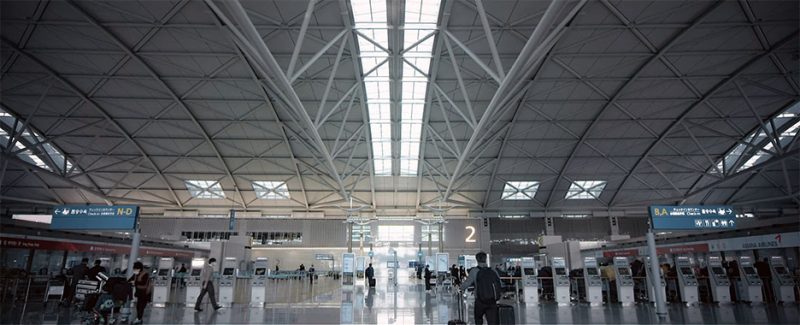-
South Korea’s Incheon International Airport Corporation enters the competition to manage for NAIA
-
Six other prospective bidders, including GMR Airports International and San Miguel Holdings Corp., are vying for the project
-
The winning bid hinges on the highest revenue share commitment with the government, with a P30 billion upfront payment
-
The NAIA PPP Project, valued at P170.6 billion, seeks to enhance passenger experience, expand capacity and address long-standing airport issues
South Korea’s Incheon International Airport Corp (IIAC) has expressed interest in the rehabilitation of Ninoy Aquino International Airport (NAIA), Transportation Secretary Jaime Bautista said at the recent 49th Philippine Business Conference and Expo in Manila.
Including IIAC, there are now seven potential bidders for the project. GMR Airports International, San Miguel Holdings Corp., Manila International Airport Consortium, Spark 888 Management, Asian Airport Consortium, and Cengiz Insaat Sanayi ve Ticaret A.S., have also obtained bid documents.
IIAC manages South Korea’s largest airport, Incheon International Airport, which opened in 2001.
The winning bidder must provide an initial payment of P30 billion, an annual fixed P2-billion annuity, and share a portion of their revenues with the government.
Prospective bidders must submit their proposals by December 27, with the selection to be made approximately a month after the deadline, Bautista said.
RELATED READ: NAIA rehab contract award seen in Q1 2024
The competitive bidding process is in compliance with Republic Act 6957, as amended by Republic Act 7718, also known as the Build-Operate-and-Transfer Law, and its Revised 2022 Implementing Rules and Regulations, overseen by the Public-Private Partnership (PPP) Center.
The P170.6-billion NAIA PPP Project covers all airport facilities, including runways, terminals, and associated structures. The project aims to address persistent issues such as terminal capacity limitations and restricted aircraft movements at NAIA. It seeks to improve passenger experience, increase annual capacity from 32 million to at least 62 million, and raise air traffic movements from 40 to 48 per hour.









